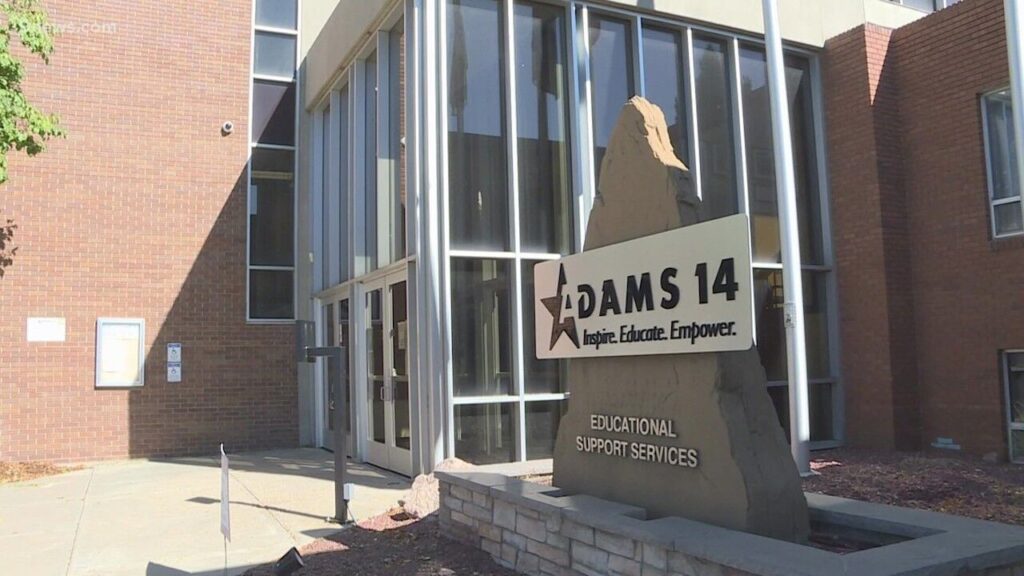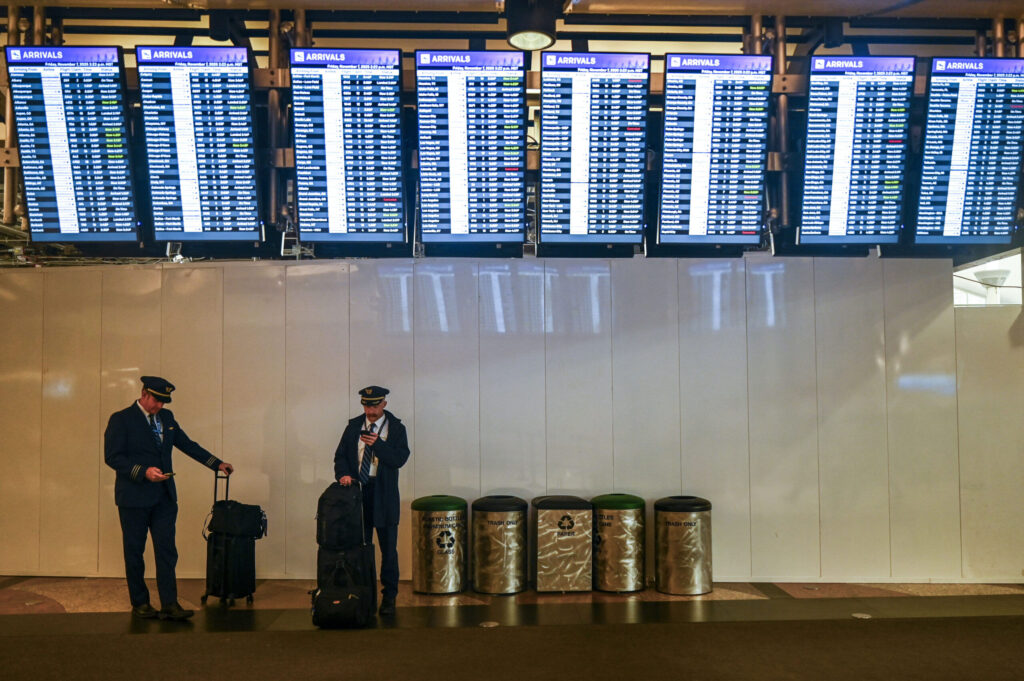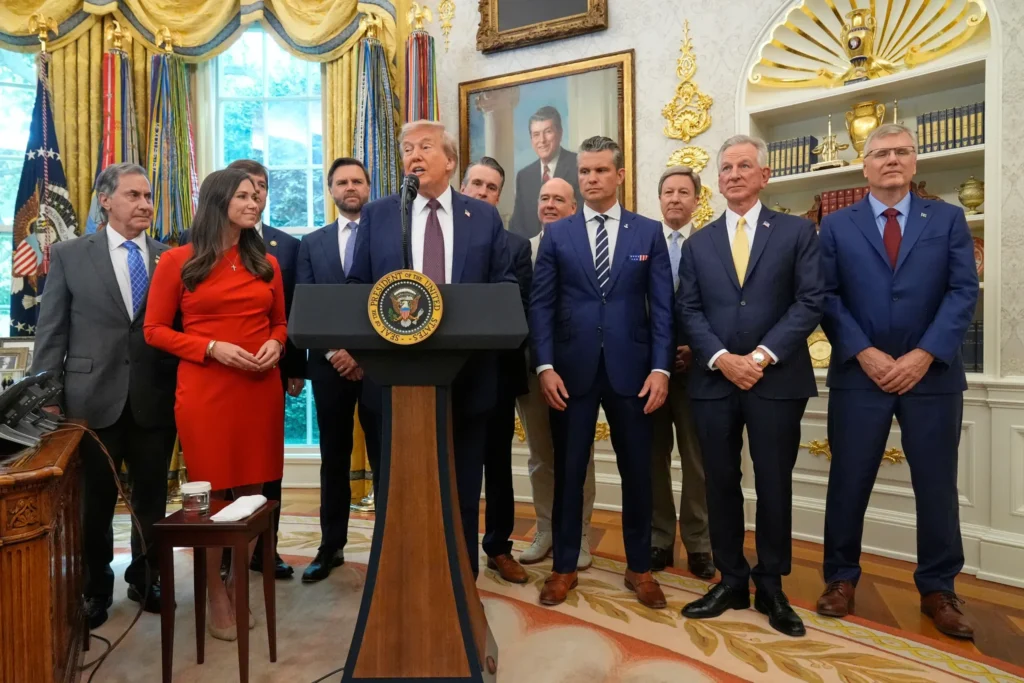EDITORIAL: Is Colorado’s middle class moving out?

Although Colorado became a magnet state for newcomers in the 2010s, the past few years have seen a slowdown of in-migration and a surge in those moving away. A new analysis, in fact, finds that Colorado has lost more people than it has gained in the past year. The analysis also found that in less than a decade, Colorado has tumbled from from being one of the most popular states to move to — to one of the least popular.
The migration report, released last week by Hire A Helper, also illuminates an alarming variable in the equation: Colorado is losing middle-income earners — $51,000-$100,00 annual income.
The detailed report, chock-full of easy-to-read interactive charts, is based on a database of 18,000,000 moves tracked nationwide between June 2024 and May 2025. The compilers, Porch Group Media (PGM) Unique Data Insights, claim their work is one of the most current views of U.S. migration patterns available.
Classified by income level, Coloradans earning $51,000 to $100,000 a year were most represented among those leaving — 61% of the outflow — while 31% of the out-migration earned between $12,000 and $50,000. Among the incoming, 78% earned between $101,000 and $200,000 a year, and 22% were in the $201,000-to-$250,000 bracket.
So, yes, not all bad, buoyed by a skew of more inbound residents being younger and career-focused, as Millennials (42.63% of the in-migrants) and Gen Xers (36.39%) together accounted for nearly 80% of all newcomers. But Colorado seems to be experiencing an omen all states, U.S. or international, fear — a shrinking middle class.
“Inbound residents skew wealthier,” the report reads, “suggesting that rising housing and living costs may be pushing middle-income residents elsewhere even as higher earners continue to relocate to Colorado.”
On top of the income-specific data, the report highlights how the state’s economic nucleus, the Denver-Aurora-Centennial metro area, saw the largest outflow in the examined time frame, with 60,800 residents leaving. The report attributes it in part to “increasingly high cost of living.”
In total, PGM reported Colorado experienced a net population loss of nearly 9,500 in the past year. It’s the latest data illustrating Colorado’s flip from inbound popularity — plummeting from the sixth-most popular U.S. state to move to as recently as 2018, to the ninth-least popular state to move to in the past year.
In July, Colorado’s Common Sense Institute offered similar insights. It reported net migration had plummeted by 52.5% in a decade, including a startling 66% decrease in the Denver metro area in that time, warning it presented a “growing challenge to Colorado’s economic stability and labor force sustainability.”
Meanwhile, Colorado’s high cost of living might not be the only factor fueling the exodus.
Common Sense’s research shed light on that, as well, in a report last spring. A study by the institute found the Centennial State had created only 500 non-agricultural jobs statewide in the 12 months ending last February — an abysmal .02% growth rate in non-farming employment.
Even worse? Colorado actually had lost 14,700 jobs overall when removing government jobs from the equation.
Where have all the private-sector, middle-class jobs gone? Colorado has imposed so many regulations on private-sector employers in recent years, including a costly and sweeping leave policy, that it’s smothering the ability to add jobs. Job growth in August still was only .6%, ranking Colorado in the bottom third of job creators for the month.
It all amounts to more evidence our state not only is pricing out its middle class but also smothering its ability to earn a living.

















